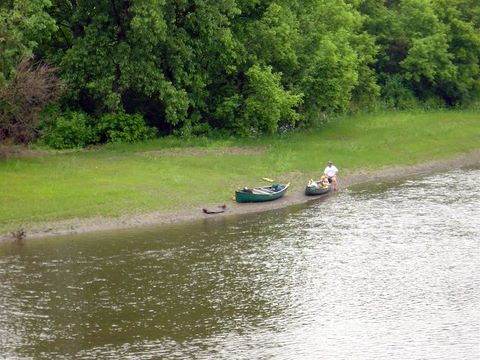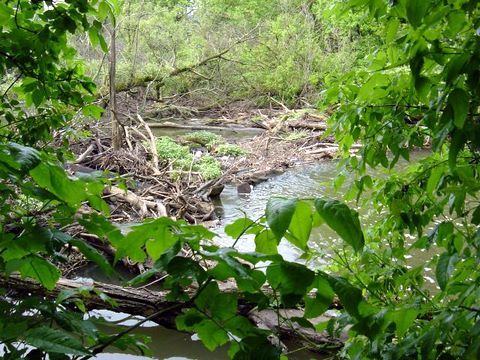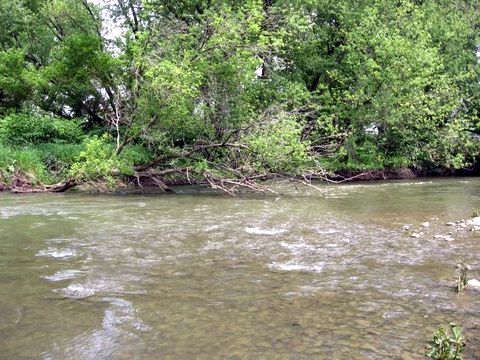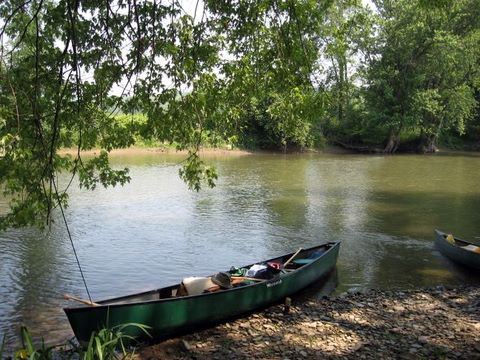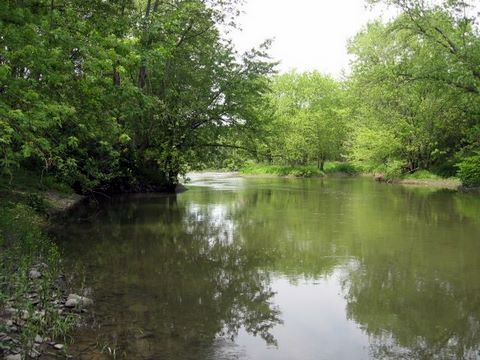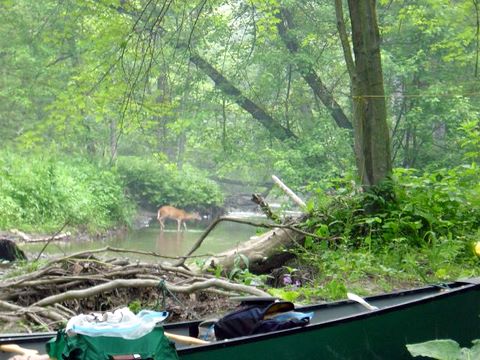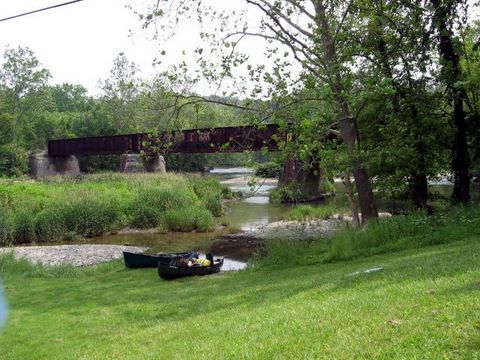In June we did a day trip starting at Earlville and going to Sherburne in fairly high water. There were a lot of strainers and we had some concerns about having adequate water levels. This year we chose the Chenango River going from Sherburne to Chenango Forks NY
The Chenango River is a tributary of the Susquehanna River, approximately 90 mi (145 km) long, in central New York in the United States. It drains a dissected plateau area in upstate New York at the northern end of the Susquehanna watershed. It rises in Madison, approximately 20 mi (32 km) southwest of Utica. It flows generally past Sherburne to Norwich, where it turns southwest, flowing past Greene, and Chenango Forks, where it receives the Tioughnioga River. It joins the Susquehanna from the north in downtown Binghamton. Flooding can be a concern during the spring and fall. The river basin is sensitive to rainfall run off so check the water levels before your departure.
We received rain early Saturday morning which stopped before we launched. There are water gauges at both Sherburne and Chenango Forks. We were fortunate the Chenango River was running a little higher than normal with the gauge at Sherburne recording 250cfs and 1100cfs recording at Chenango Forks gauge.
Below Skip waits at the fishing and boating access in Sherburne.
We departed 0930 Saturday morning and quickly found ourselves stymied by dead falls blocking our route.
We pulled our canoes up a muddy bank (a common occurrence on the Chenango River), dragged them across a field and re-entered down another slick muddy bank. There were about 6 new trees in the river that appeared to have been recent (2006) additions. None of these caused any problems, but we did get dumped by a strainer just before our lunch break. Skip & Bob dodged a bullet getting through the strainer and we hoped to have enough momentum to get the nose of the canoe past the strainer, but to no avail. Our only casualty was Steve’s hat which never re-appeared.
After our dunking we pulled out on one of the few rocky beaches, had lunch and dried out.
We paddled through Norwich and took a short break in Oxford for an ice cream and fluids. The towns of Norwich, Oxford, and Greene all offer convenience shops for picking up snacks, drinks or ice. We stopped for the night around 7pm at a large island below Oxford near Warren Pond and Twin Bridges Road.
Sunday we paddled below Greene and camped up Genegantslet Creek, a small clear tributary. As the temperatures climbed in the mid-90s we shaded up and splashed around in the stream. The only drawback was the number of nettles blanketing the terrain which we had to flatten to make tent sites.
Remnants of the Chenango Canal were evident below Greene as laid stone walls. In the 19th century the river furnished a critical link the canal system of the northeastern United States. The Chenango Canal, built from 1836-1837 between Utica and Binghamton, connected the Erie Canal in the north to the Susquehanna River. The canal was rendered obsolete by railroads and was abandoned in 1878.
Monday we paddled during the morning and exited at fishing access located at confluence of the Tioughnioga River. We retrieved our vehicles and packed up before light showers began.
Along the upper searches we saw a lot of ducks and recent hatchlings; along the lower portions we encountered more Canada Geese. We also heard and saw a lot of kingfishers, cardinals, catbirds, orioles. While we didn’t fish along the Chenango we saw carp spawning and a few local fisherman reported catching small mouth bass.
The National Weather Service Advanced Hydrological Prediction Service offers a wealth of information on the current water levels for the Chenango River.

